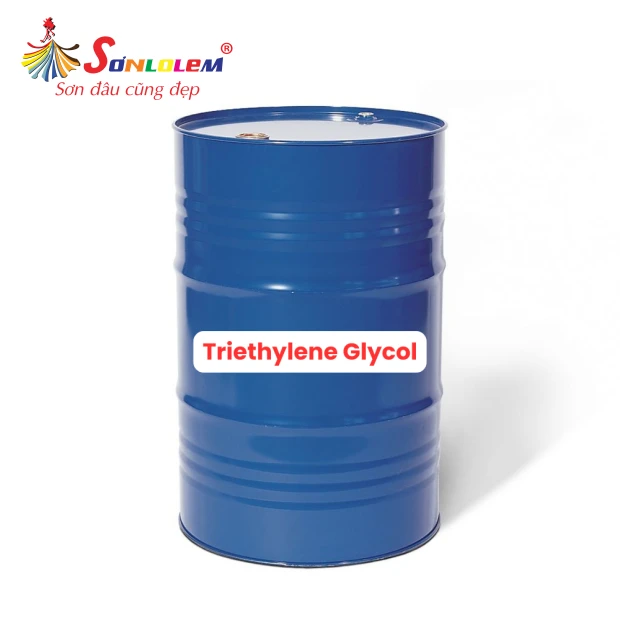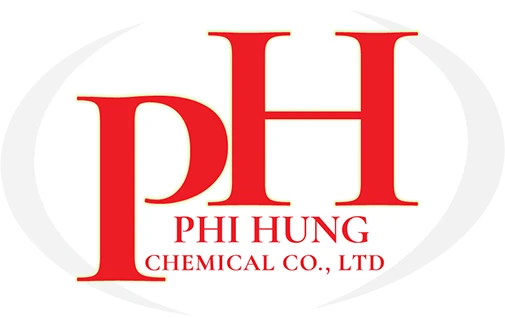

Triethylene Glycol
Product information:
TRIETHYLENE GLYCOL (TEG)
Other Names: Ethanol, 2,2′-[1,2-ethanediylbis(oxy)]bis-; Ethanol, 2,2′-(ethylenedioxy)di-; Glycol bis(hydroxyethyl) ether; Trigen; Triglycol; TEG; 1,2-Bis(2-Hydroxyethoxy)ethane; 2,2′-Ethylenedioxydiethanol; 3,6-Dioxaoctane-1,8-diol; Di-β-hydroxyethoxyethane; 2,2′-Ethylenedioxyethanol; Ethylene glycol dihydroxydiethyl ether; Trigenos; 2,2′-(1,2-Ethanediylbis(oxy))bisethanol; 2,2′-Ethylenedioxybis(ethanol); Ethylene glycol-bis-(2-hydroxyethyl ether); Triethylenglykol; Trigol; NSC 60758
I. DESCRIPTION
Triethylene Glycol (TEG), also known as Triglycol, is a colorless, odorless, and viscous liquid with the molecular formula C₆H₁₄O₄. It is used as a plasticizer for vinyl plastics and as a disinfectant in product sanitation processes. When vaporized, it acts as an airborne disinfectant.
TEG is also used as a dehydration agent for natural gas and in air conditioning systems. It is an additive in hydraulic fluids and brake oils and serves as a base for fog machine fluids in the entertainment industry.
TEG is produced as a byproduct in the manufacture of Monoethylene Glycol (MEG). It has a high boiling point and is the best hygroscopic agent among MEG, DEG, and TEG. It is miscible with water, alcohol, ether, and acetone, but insoluble in benzene. TEG is a chemically stable, non-corrosive liquid with a high flash point. Under normal industrial handling conditions, TEG is not considered a significant health hazard.
II. APPLICATIONS
- Unsaturated polyester resins
- Polyol polyester
- Lubricants and couplings
- Plasticizers
- Humectants and dehydration agents
- Solvents
III. PHYSICAL AND CHEMICAL PROPERTIES
- Boiling Point: 286.5°C (at 101.325 kPa)
- Melting Point: -7°C
- Solubility: Miscible with water, ethanol, acetone, acetic acid, glycerin, pyridine, aldehydes;
- Slightly soluble in diethyl ether
- Insoluble in oils, fats, and most hydrocarbons
IV. OTHER CHARACTERISTICS
TEG belongs to a homologous series of dihydroxy alcohols. It is a stable, high-viscosity liquid with strong hygroscopic properties. TEG is widely used as a raw material for synthesizing other chemicals due to its moisture-absorbing ability.
V. PRODUCTION
Commercially, TEG is produced as a co-product of ethylene oxidation at high temperatures in the presence of silver oxide catalysts, followed by the hydration of ethylene oxide, yielding Monoethylene Glycol (MEG), Diethylene Glycol (DEG), and Triethylene Glycol (TEG).
VI. OTHER APPLICATIONS
- Used in the oil and gas industry to dehydrate natural gas
- Removes water from CO₂, H₂S, and other oxidizing gases
- Essential for drying natural gas to prevent pipeline freezing
- Used in gas processing plants, where it is heated and passed through a condensation system to remove absorbed water and recover TEG for continuous reuse
- TEG waste from gas dehydration has been found to contain benzene concentrations above 0.5 mg/L, classifying it as hazardous waste
VII. HEALTH EFFECTS
- Eye Contact: May cause mild temporary irritation. Vapors may also irritate the eyes.
- Skin Contact: Prolonged exposure may cause mild skin irritation, redness, or localized reactions, especially on scratched or cut skin.
- Inhalation: Vapors or mist may irritate the upper respiratory tract (nose, throat). Exposure to heated vapors can cause adverse effects.
- Ingestion: Small accidental ingestion during normal handling is unlikely to cause harm. However, large amounts may cause:
- Nausea, vomiting, abdominal discomfort, or diarrhea
- Dizziness and drowsiness
- Repeated Exposure: Based on available data, prolonged or repeated exposure is unlikely to cause significant adverse effects.
- Birth Defects: TEG does not cause birth defects in animals.
VIII. FIRST AID MEASURES
- Eye Contact: Rinse eyes thoroughly with water for several minutes. Seek medical advice, preferably from an ophthalmologist.
- Skin Contact: Wash immediately with water. Remove contaminated clothing and footwear.
- Inhalation: Move to fresh air. Consult a doctor if symptoms persist.
- Ingestion: Seek immediate medical attention.
IX. STORAGE
Triethylene Glycol (TEG) can be stored in standard carbon steel containers.


 Tiếng Việt
Tiếng Việt